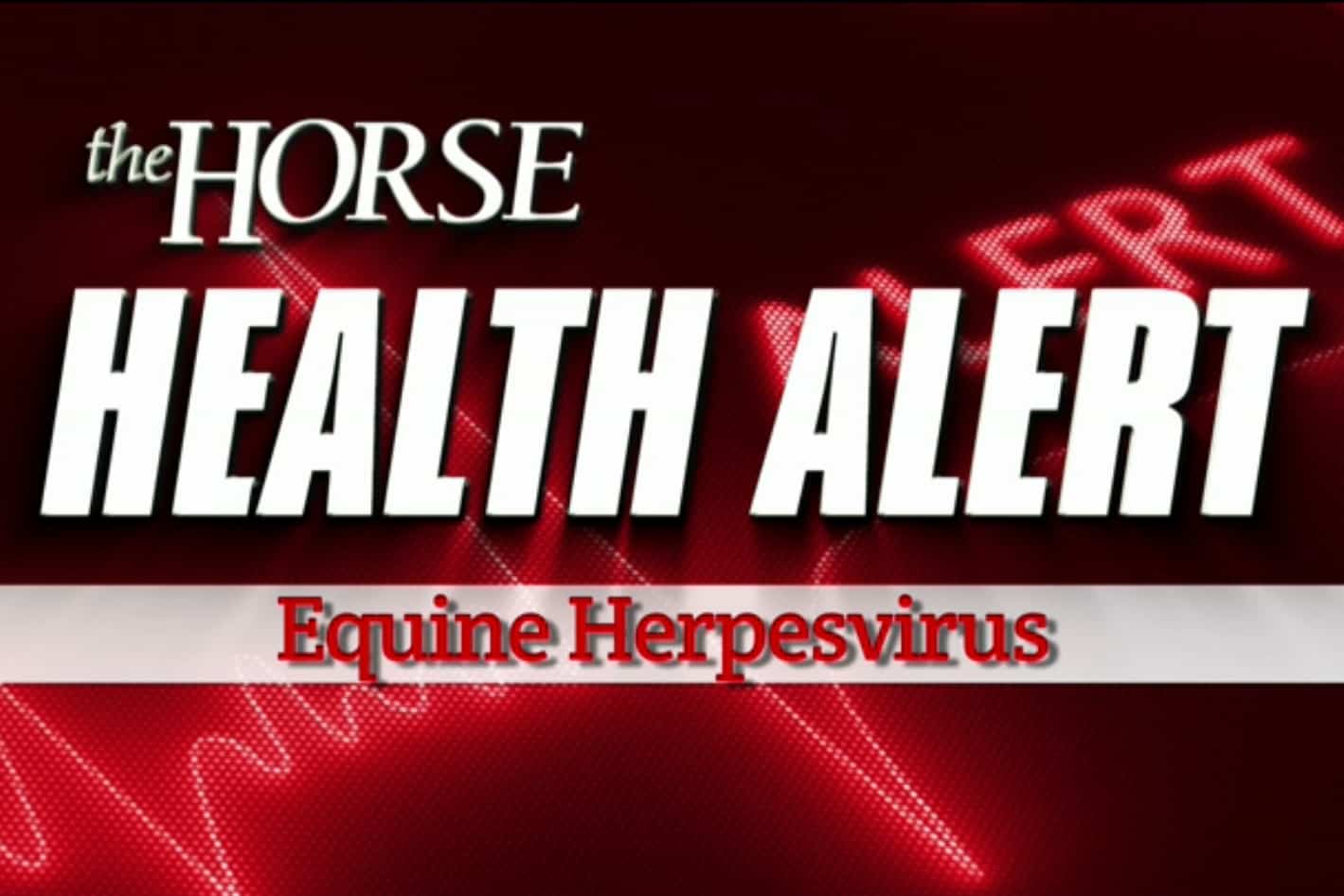Laurel Downs Added To Kentucky’s Disease-Related Travel Regulations
As is the case for horses from Pimlico, officials issued the directive as a precautionary measure to mitigate disease entry to Kentucky. Horses that have been at Pimlico facilities since March 15 will be admitted to Kentucky on a case-by-case basis following testing and monitoring. Horses with documentation that they have not been at Pimlico for 30 days or have been off Pimlico grounds for 24 hours, examined by a veterinarian, and tested negative for EHV-1 by PCR via nasal swab and whole blood EDTA could qualify for entry at Kentucky racing or training facilities.
A certificate of veterinary inspection for each horse at the point from which the sample was collected must be issued for movement to a Kentucky racing or training facility and must document the test, provide a current health assessment, and meet normal entry requirements, such as EHV-1 vaccination and equine infectious anemia test certificate (a Coggins).
EHV 101
Herpesvirus is highly contagious among horses and can cause a variety of ailments in equids, including rhinopneumonitis (a respiratory disease usually found in young horses), abortion in broodmares, and equine herpesvirus myeloencephalitis (EHM, the neurologic form).

In many horses, the first or only sign of EHV-1 infection is fever, which can go undetected. In addition to fever, other common signs of EHV-1 infection in young horses include cough, decreased appetite, depression, and a nasal discharge. Pregnant mares typically show no signs of infection before they abort, and abortions usually occur late in gestation (around eight months) but can be earlier. Abortions can occur anywhere from two weeks to several months following infection with EHV-1.
Horses with EHM usually have a fever at the onset of the disease and might show signs of a respiratory infection. A few days later, neurologic signs such as ataxia (incoordination), weakness or paralysis of the fore- and hind limbs, urine retention and dribbling, loss of tail tone, and recumbency (inability to rise) develop.
Herpesvirus is easily spread by nose-to-nose or close contact with an infectious horse; sharing contaminated equipment including bits, buckets, and towels; or clothing, hands, or equipment of people who have recently had contact with an infectious horse. Routine biosecurity measures, including hygiene and basic cleaning and disinfection practices, should be in place at all times to help prevent disease spread.
Current EHV-1 vaccines might reduce viral shedding but are not protective against the neurologic form of the disease. Implementing routine biosecurity practices is the best way to minimize viral spread, and the best method of disease control is disease prevention.
Written by:
Edited Press Release
Related Articles
Stay on top of the most recent Horse Health news with











